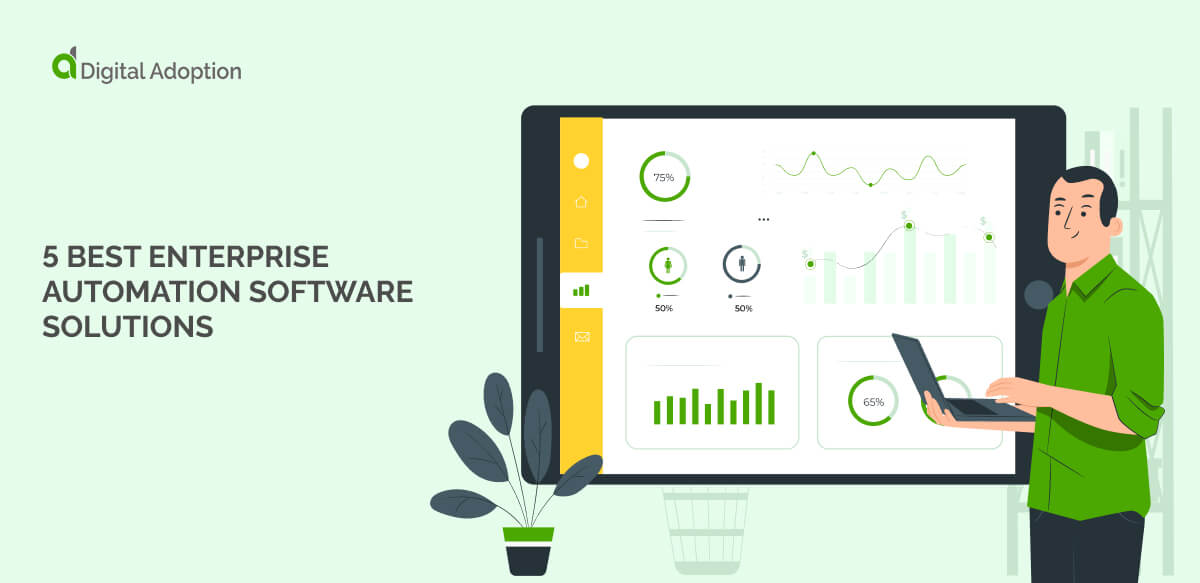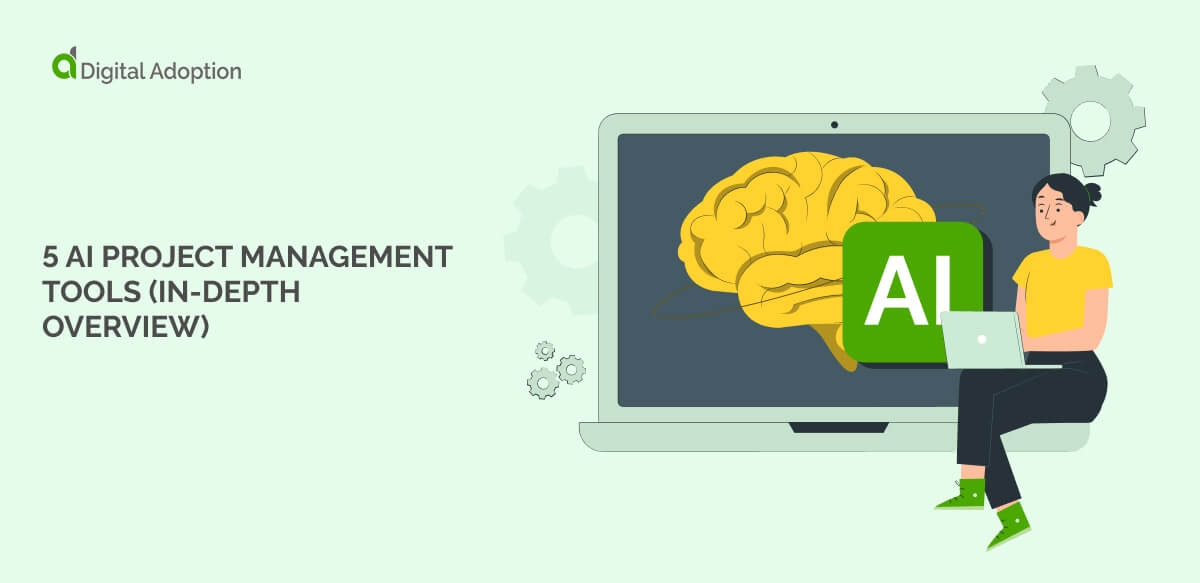The significance of digital adoption and transformation cannot be underestimated in today’s digital world.
The economy, the way we conduct business, and the way we live have all been dramatically changed by digital technology.
Yet according to most experts, the technological revolution is far from over. In the years ahead, this technology-driven paradigm shift will continue to transform the entire business landscape.
To keep up, it is important to understand what this technology revolution is, how it will affect the future economy, and how to adapt.
The Significance of Digital Adoption, Transformation, and Disruption
Below, we’ll look at the main reasons why digital adoption and transformation have become so significant in today’s economy:
Digital innovation drives disruption
Technology-driven innovations have exploded in recent years, particularly in the private sector.
The internet, for instance, has enabled countless new products, services, industries, and business practices, among other things.
As these new ideas are introduced into the market, they displace old ones, which significantly disrupts existing industries and business models.
Disruption fuels digital transformation in business
To keep up with disruptive innovation, businesses and institutions must change the way they think and operate.
In other words, they must leverage digital technology to change – that is, they must engage in digital transformation.
According to many researchers, such as analysts at the investment firm ARK Invest, digital transformation is still in its early stages.
In the years ahead, they believe, businesses will be compelled to transform and adopt even more technology.
Successful digital transformation depends on digital adoption
Over the past several decades, we have seen how rapidly new technology can enter and completely transform the marketplace.
The internet and mobile devices are two examples: both have radically transformed the way we communicate and do business. Companies that haven’t adopted these technologies would find it very difficult to participate in the modern economy.
The same will hold true in the years ahead.
As new technology emerges and becomes the standard, companies must learn to adopt those tools swiftly and effectively.
Those that can adapt will have a much better chance of succeeding – and those that cannot will almost certainly be left behind.
How to Keep up with the Evolving Digital Economy
Companies that want to keep up with the curve should incorporate a few priorities into their business plans:
- Digital adoption strategies and tools. Technology, as we have seen, lies at the heart of today’s global digital revolution. Since the adoption of new technology is so crucial to success, it is important to streamline that adoption as much as possible. Creating a formal digital adoption function is one of the best ways to do that.
- Becoming a digitally mature organization. Digital maturity is a measure of an organization’s digital capabilities. Naturally, the more digitally mature a company is, the more easily it will be able to keep up with the changing economy. To build those capabilities, it is necessary to focus on more than just software implementation – businesses must also leverage those tools to their fullest extent, build a digital-first culture, redesign business processes to exploit their new tools, and so forth.
- Cultivating a digitally savvy workforce. Product value depends heavily on employees’ skill levels. And unfortunately, since technology is advancing so rapidly, employees’ digital skills are lagging. To close the digital skills gap, it is necessary to invest in employee training, skills development programs, career development, and other endeavors that raise the overall digital literacy of the workforce.
- Maintaining modern IT systems. Without the proper IT infrastructure, businesses will not be able to use their digital tools successfully. In some cases, having the wrong IT systems can prohibit a company from participating in the market. During early 2020, for instance, many companies were forced to adopt cloud computing and other remote working technology.
Comprehensive digital transformation is certainly no easy task. It involves digital adoption, new business strategies, new processes, and much more.
In some cases, organizational transformation will be the only option.
A Look at Our Digital Future
Digital innovation, as we have seen, gives way to digital disruption, which in turn compels companies to adapt and transform.
However, as mentioned, the digital revolution is still ongoing, and it will be for some time to come. If the past is any indication, then today’s emerging technologies will become standard in tomorrow’s economy – or, as McKinsey calls it, “the next normal.”
Some of those technology trends include:
- Artificial intelligence
- Robotics
- Automation
- The Internet of Things
- Virtual and augmented reality
When these technologies become the norm, companies will need to adopt them in order to stay profitable.
For that reason, a forward-thinking digital transformation strategy will become more and more critical in the years ahead.
Rather than viewing digital transformation and adoption as discrete processes, business leaders should view them as continuous and permanent functions within the organization.

 FACT CHECKED
FACT CHECKED











